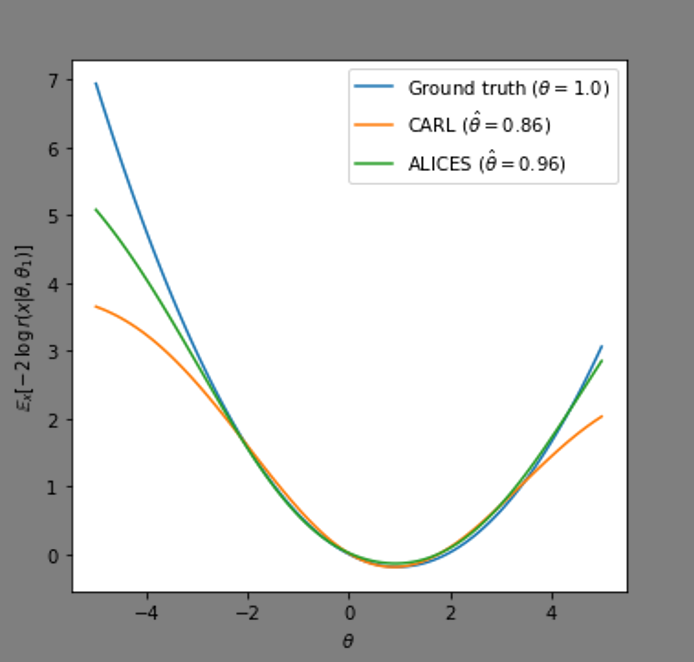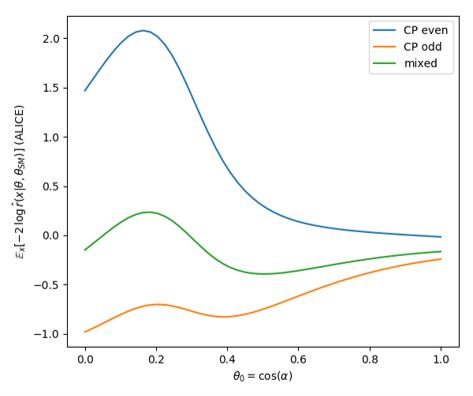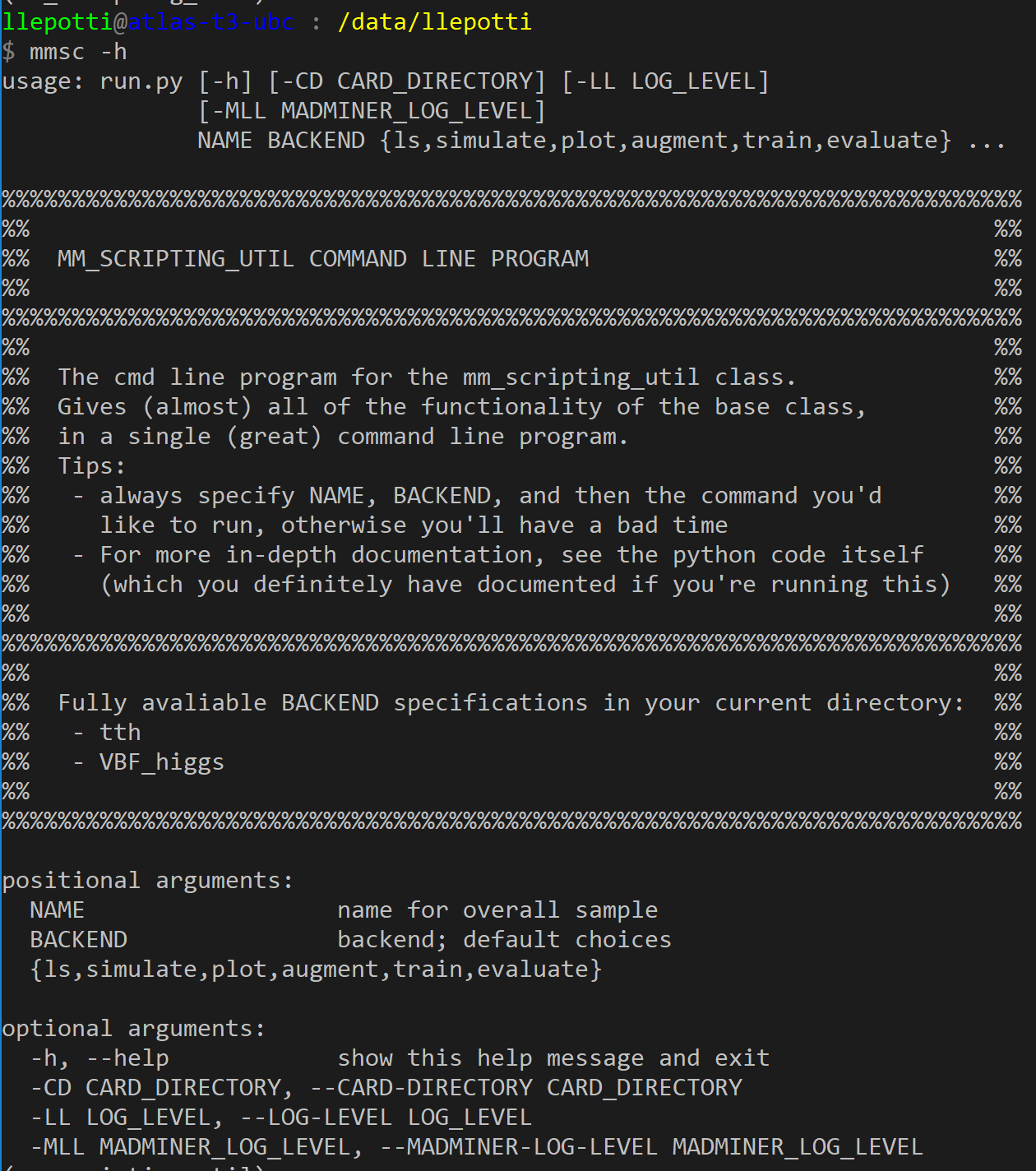MadMiner Scripting Utility
Research project with CERN Research Scientest Tancredi Carli, in the CERN ATLAS group
Overview
In this project I worked with a recently developed likelihood-free inference framework, MadMiner.
This method works by training deep neural networks to approximate the likelihood function, using the joint likelihood ratio and joint score.
I worked on this project full time for about 4 months, while I was living in Geneva.
Personal Contributions
My goal was to apply the joint-likelihood ratio estimation procedure provided by MadMiner to a number of new physics signals, all at the parton-level. Since parton level simulations are much easier and less time consuming to generate than detector level simulations, they provide an excellent opportunity a probe them for feasibility.
This is illustrated below by both a successful and failed scenario. For the case of a \(ttH\) decay, shown at right below, we determined that the strict bounds of the parameter (and localization of test cases at either extreme) was the cause of this. This indicates a possible point of weakness for the algorithm that could be addressed in the future.


To facilitate quick testing of new signal models, I developed a command line program and python module, located here on github. A screenshot of the program in action is shown below; it facilitats training, evaluation, and data/results visualization.

In general, this project gave me a good introduction to machine learning with PyTorch and physics simulations in Pythia/Madgraph. It also gave me a chance to greatly develop and refine my software development skills, especially using remote environments like the CERN computing grid. By the end of the project, I had committed over 50k lines of code to 3 shared repositories.
I was also very impacted by the research environment at CERN. I spent a lot of my time there meeting and talking with other researchers, and it was a fantastic introduction to the necessarily collaborative basis of particle physics research.